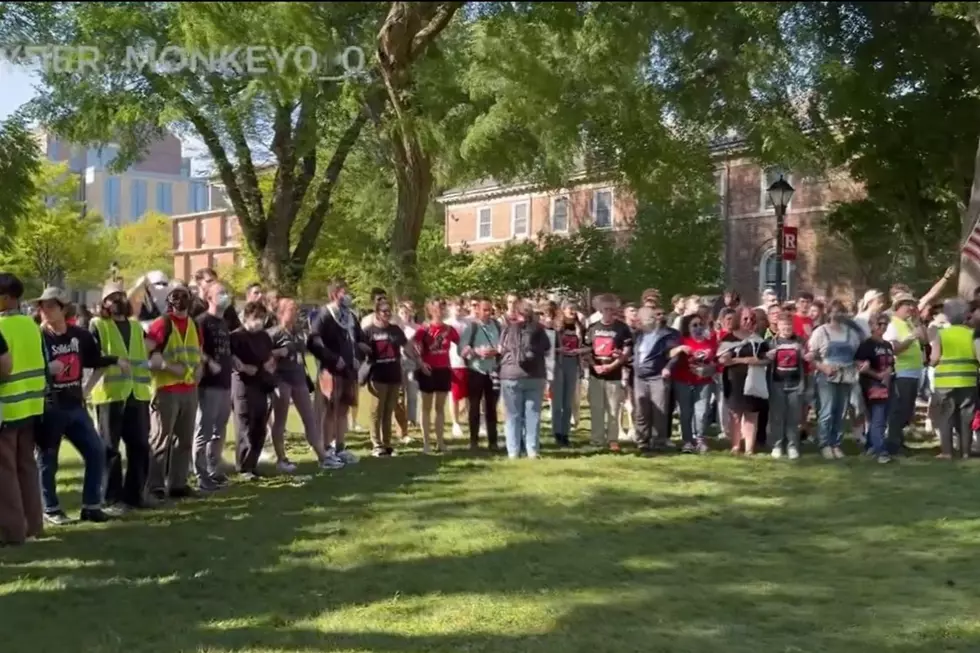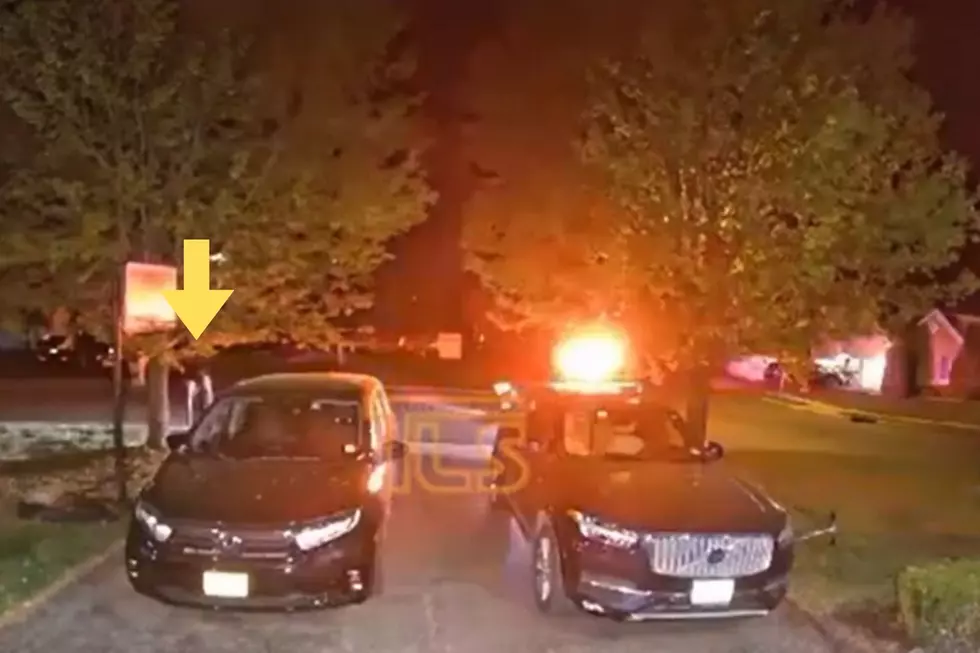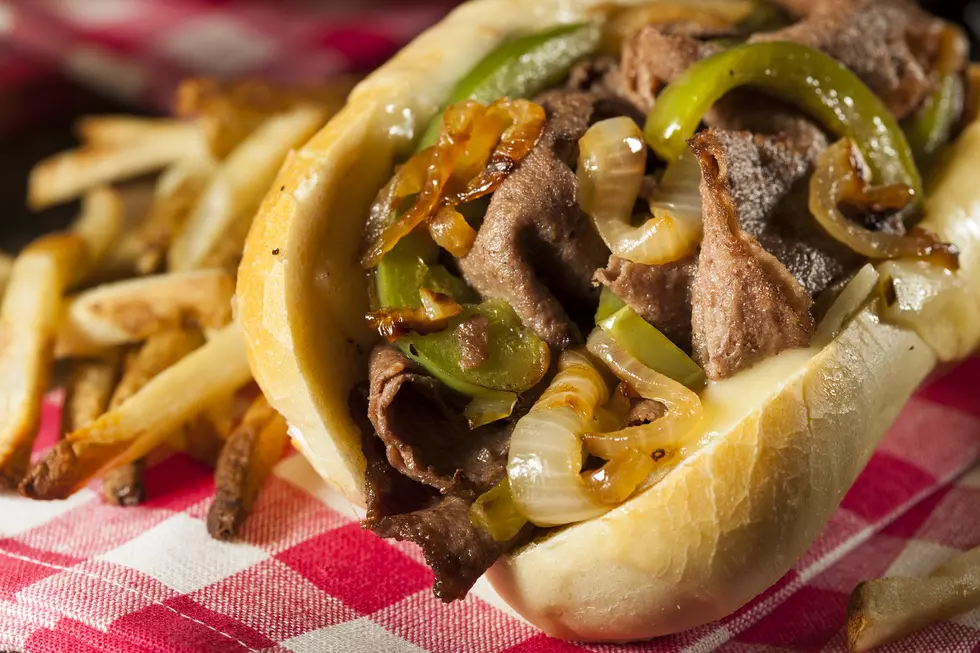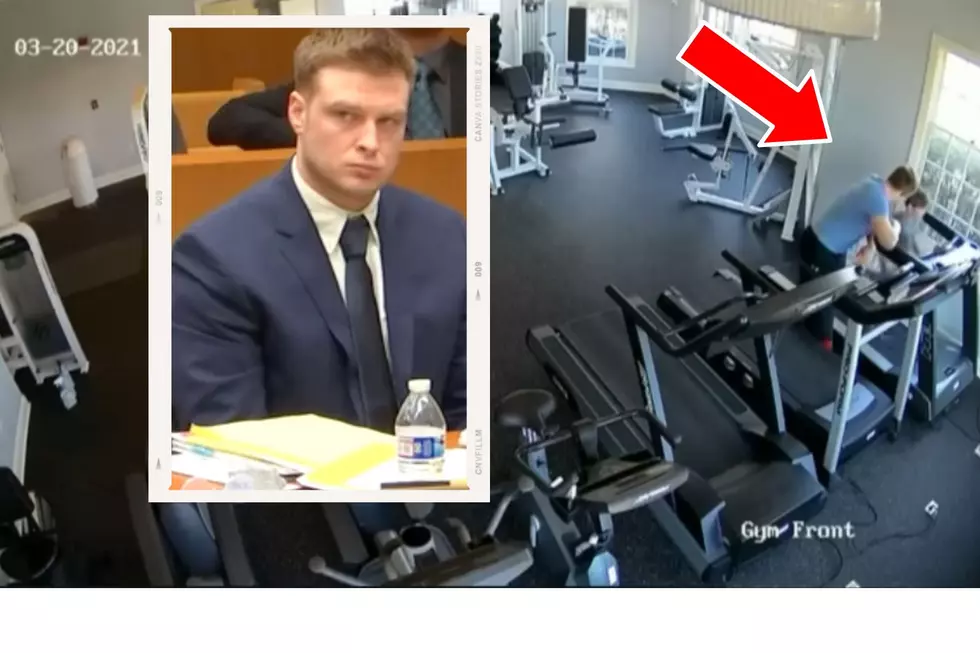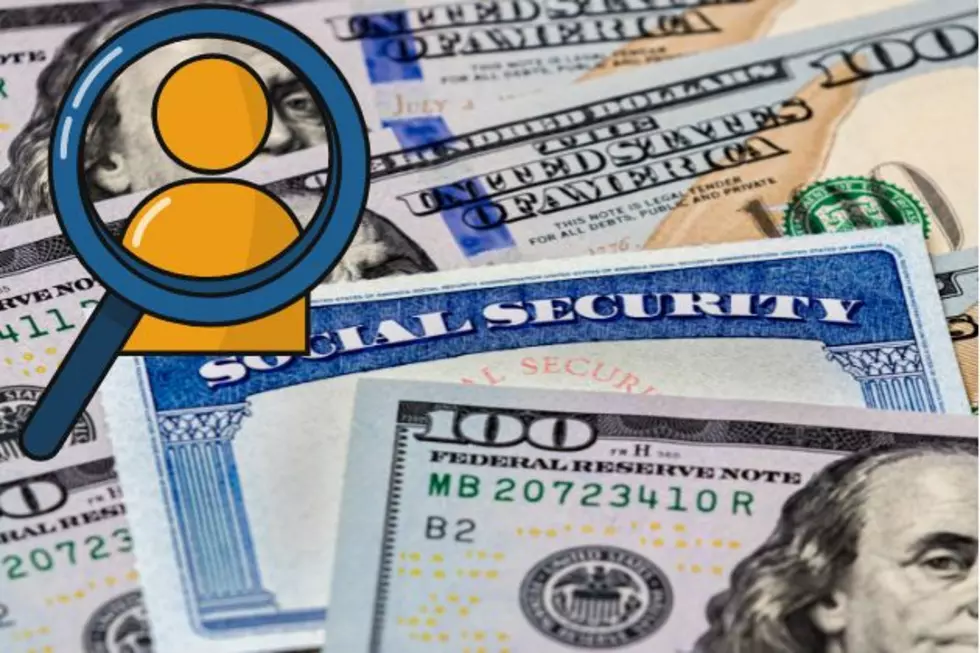
John XXIII’s Papacy Was Brief But Historic
On the night of Oct. 11, 1962, Pope John XXIII did something so natural that it's astonishing it was so revolutionary at the time. He came to the window of the Vatican's Apostolic Palace and spoke to thousands of candle-bearing faithful below - not in the arcane, scripted words of pontiffs past but in those of a father and pastor looking out for his flock.
"Going home, you will find your children. Give them a caress and tell them `This is the caress of the pope,'" John said to the torch-lit cheers from St. Peter's Square.
While much of the focus of Sunday's dual canonization was on the globe-trotting, 26-year papacy of Pope John Paul II and his near-record sprint to sainthood, many older Catholics will be celebrating the short but historic pontificate of the "Good Pope," John XXIII.
John's words, delivered on the opening night of the Second Vatican Council, came to define his papacy. The speech epitomized how John captured the hearts of Catholics with his simple, paternal affection while using his intuitive cunning to launch Vatican II and bring the 2,000-year institution into the modern world. It's a combination embodied by the current pope, Francis.
"He was courageous. A good country priest, with a great sense of humor and great holiness," Francis told reporters last summer when asked about John's attributes. "He was one of the greats."
Born in 1881 to sharecroppers in northern Italy, Angelo Giuseppe Roncalli was elected pope on Oct. 28, 1958, naming himself after his father and in the process correcting the accident of history that was the 15th-century anti-pope John XXIII. During the Western Schism of the early 1400s, John XXIII was one of three men who claimed the papacy at the same time, though he later renounced it.
Elected at age 76, the legitimate Pope John XXIII was expected to be a transitional, relatively uneventful pope following the 19-year reign of the World War II-era Pope Pius XII.
John had other plans. Less than three months after being elected, he announced that he would convene Vatican II, the first ecumenical council in a century. Vatican II went on to allow use of the vernacular rather than Latin for Mass. It called for greater participation of lay faithful in the life of the church and revolutionized Catholic relations with Jews. It also crystalized the divisions between traditionalist, conservative Catholics and the more progressive wing of the church that are still alive today.
None of the faithful who gathered in St. Peter's Square the night it opened knew what was in store, but they were hopeful. John's words seemed to herald something new: They were spontaneous when popes usually spoke in stiff, prepared paragraphs. They were grandfatherly when popes were supposed to sound regal. And perhaps most importantly, they were beamed into living rooms around the world on the relatively new medium of television.
"Up until then, television had been used mostly to represent the splendor of power, both ecclesial and political," said Alberto Melloni, John's biographer who runs the foundation in Bologna where his papers are kept. "His way of speaking off-the-cuff that night broke this scheme of video as a demonstration of power."
The speech is now fondly called the "Speech to the Moon." At the start, John marveled at the size of the crowd below and said it seemed almost as if the moon had come out early just to see the spectacle.
Though John didn't live to see the council through - he died of stomach cancer June 3, 1963 - he is credited with having had the courage to launch the process that has defined the 20th-century Catholic Church, renewing church doctrine for modern times.
The Rev. Robert Wister, a church historian at Seton Hall University, said John's "roly-poly appearance" - often cited in the well-meaning but inaccurate caricature of John as a simpleton - belied a steely diplomat who handled some of the church's toughest assignments before becoming pope.
Roncalli was the Vatican envoy to Turkey during World War II, and is credited with having saved thousands of Jews fleeing Europe by forging their birth certificates. He was then named ambassador to France just after its liberation.
"You don't send the village idiot to deal with Charles de Gaulle," Wister said. "You send a sharp diplomat."
At the same time, John was very much a basic parish priest: His first Christmas as pope, John left the Vatican to visit children at Rome's main children's hospital. The next day, he visited inmates at Rome's main prison. Sundays he devoted to visiting parishes in the capital's peripheries. In all, he "escaped" from the Vatican 152 times during his 4 1/2-year papacy compared to the one spontaneous outing by Pius XII to visit a neighborhood devastated by a wartime bombing raid.
Aside from Vatican II, John is perhaps best known for his last encyclical "Peace on Earth," issued in the aftermath of the Cuban missile crisis which had erupted just three days after Vatican II began. The document elaborated a new type of teaching of the church as promoter of world peace. It was the first encyclical addressed not just to clergy but to "all men of good will" in a sign of John's openness to the world outside the Vatican walls.
"He was a man who was able to transmit peace," Francis told a delegation from John's hometown of Bergamo on the 50th anniversary of his death last June. "He transmitted peace because he had a profoundly peaceful soul."
Pope John XXIII left his imprint on humanity and the Catholic Church he led for fewer than five years, helping propel him to sainthood on Sunday. Here are some highlights, in deeds and words:
EARLY YEARS
- 1940s: One of the Vatican's most skillful diplomats in the tumultuous years surrounding World War II, the prelate Angelo Roncalli, born to sharecroppers in northern Italy, is credited with saving tens of thousands of Jews from the Holocaust as the Vatican's envoy in Turkey, through exit visas, forged birth certificates and other assistance.
- Oct. 28, 1958: Elected pontiff at age 76 after the nearly 20-year-long papacy of Pius XII.
- Dec. 25, 1958: Pays a Christmas day visit to sick children in their hospital beds at the Vatican's Bambino Gesu pediatric center in Rome, highlighting his paternal and pastoral role as bishop of Rome. Later jokes that some of the children mistook him for Santa Claus.
- Dec. 26, 1958: Greets inmates, who cheer for him, at Rome's main prison.
VATICAN II
Jan. 25, 1959: Just three months into his pontificate, announces he will convene the Second Vatican Council, confounding Vatican watchers who had predicted an uneventful and transitional papacy of an elderly pope who would leave a limited legacy.
Instead, the 1962-1965 meeting of church leaders from around the world brought the 2,000-year institution into the modern era, spawning major changes such as allowing Mass in local languages and strengthening the role of laity in the everyday life of the church.
The council also encouraged efforts to improve relations among Christians, a path likewise pursued by Popes John Paul II and Benedict XVI. It also revolutionized the church's relationship with Jews, including the step to remove the phrase "perfidious Jews" from the liturgy.
PEACEMAKER
April 11, 1963: Issues plea for world peace weeks before his death, aiming the appeal at Cold War leaders, U.S. President John F. Kennedy and Soviet leader Nikita Khrushchev. His "Peace on Earth" encyclical establishes human rights as the foundation of peace.
ENCYCLICAL SOUNDBITES
- "Peace on Earth - which man throughout the ages has so longed for and sought after - can never be established, never guaranteed, except by the diligent observance of the divinely established order."
- "Thus all over the world men are either the citizens of an independent state, or are shortly to become so; nor is any nation nowadays content to submit to foreign domination. The longstanding inferiority complex of certain classes because of their economic and social status, sex, or position in the State, and the corresponding superiority complex of other classes, is rapidly becoming a thing of the past."
- "... it follows that in human society one man's natural right gives rise to a corresponding duty in other men; the duty, that is, of recognizing and respecting that right. Every basic human right draws its authoritative force from the natural law, which confers it and attaches to it its respective duty. Hence, to claim one's rights and ignore one's duties, or only half fulfill them, is like building a house with one hand and tearing it down with the other."
DEATH AND SAINTHOOD
- June 3, 1963: Dies of stomach cancer
- Sept. 3, 2000: Beatified in a ceremony led by Pope John Paul II.
- April 27, 2014: Canonized in a dual ceremony with John Paul presided over by Pope Francis.
More From New Jersey 101.5 FM
